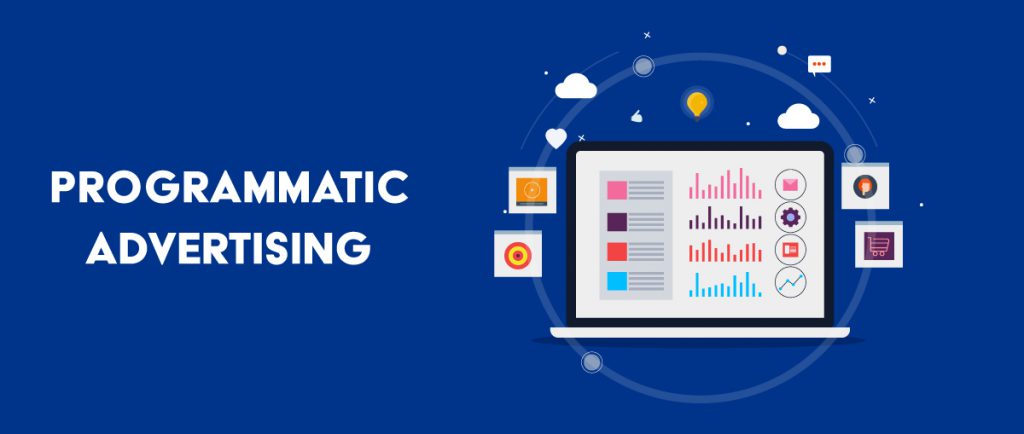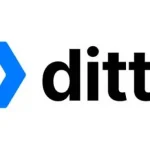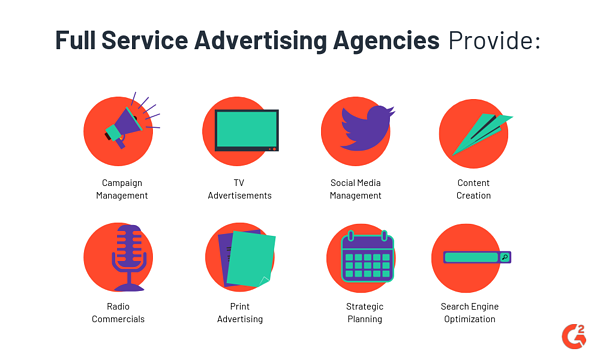What is the Concept of Programmatic Ads?
3 min read
Understanding Programmatic Ads: Insights from MyHoardings
In the ever-evolving landscape of digital marketing, programmatic advertising has emerged as a groundbreaking method for buying and selling ad space. This innovative approach leverages automated technology to streamline the process, making it faster and more efficient. At MyHoardings, we believe that understanding the concept of programmatic ads is essential for any brand looking to optimize its advertising efforts.
What are Programmatic Ads?
Programmatic advertising refers to the automated process of purchasing digital advertising space. Instead of negotiating and purchasing directly from publishers, advertisers use software to buy ads in real time, utilizing data to target specific audiences more effectively. This method significantly reduces the time and effort involved in traditional ad buying.

Key Components of Programmatic Advertising
- Ad Exchanges: These are digital marketplaces where advertisers can buy and sell ad space. They serve as the middlemen between publishers and advertisers.
- Demand-Side Platforms (DSPs): Advertisers use DSPs to manage their ad purchasing. These platforms allow advertisers to set their targeting parameters, budgets, and other campaign specifics.
- Supply-Side Platforms (SSPs): Publishers utilize SSPs to manage their ad inventory and maximize revenue by connecting with multiple ad exchanges.
- Data Management Platforms (DMPs): These platforms collect and analyze data from various sources, helping advertisers make informed decisions based on audience behavior and preferences.
How Programmatic Ads Work
The process begins when an ad impression becomes available on a publisher’s website. The SSP sends out a bid request to the ad exchange, which is then distributed to multiple DSPs. Advertisers place bids based on their targeting criteria, and the highest bidder gets their ad displayed to the user in real time, often within milliseconds.
Advantages of Programmatic Advertising
- Efficiency: Automating the ad buying process reduces manual effort and speeds up the execution of campaigns.
- Targeted Reach: By utilizing data, advertisers can reach specific audience segments with personalized messaging, increasing the likelihood of engagement.
- Cost-Effectiveness: Programmatic ads often lead to lower costs per impression, as advertisers only pay for the impressions that meet their targeting criteria.
- Real-Time Optimization: Advertisers can monitor campaign performance in real time, allowing them to make quick adjustments to improve outcomes.
Challenges of Programmatic Advertising
- Complexity: The technology and data involved can be overwhelming for some marketers, requiring a learning curve to effectively utilize the platforms.
- Ad Fraud: The digital landscape is susceptible to fraudulent activities, and advertisers must take precautions to ensure their ads are reaching legitimate users.
- Transparency Issues: Some advertisers may struggle to gain complete visibility into where their ads are being placed and how their budgets are being spent.

Conclusion
Programmatic advertising represents a significant shift in how brands approach digital marketing. By automating the buying process and leveraging data-driven insights, advertisers can achieve better targeting, efficiency, and overall performance. At MyHoardings, we are committed to helping brands navigate the complexities of programmatic ads to maximize their advertising investments.
For expert guidance on implementing programmatic advertising strategies, contact MyHoardings at:
- Email: business@myhoardings.com
- Phone: +91-9953847639
- Website: www.myhoardings.com
Let us assist you in harnessing the power of programmatic advertising for your brand’s success!














